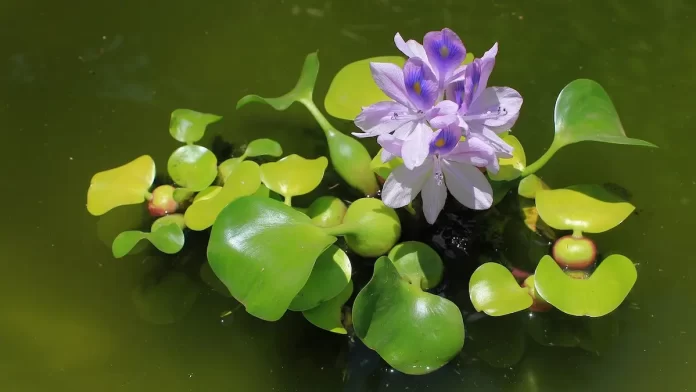India’s diverse ecosystems are home to an array of native flora and fauna, each contributing to the delicate balance of the environment.
However, in recent decades, the country has witnessed the encroachment of invasive species, both plant and animal, which pose significant threats to native biodiversity, agriculture, and human livelihoods.
In this article, we will explore some of the top invasive species in India, the ecological challenges they present, and the efforts being made to manage and control their impact.
Plant Invasive Species
- Water Hyacinth (Eichhornia crassipes): This aquatic plant, originally from South America, has spread rapidly across India’s water bodies, choking waterways and impeding water flow. Water hyacinth forms dense mats that deprive native aquatic plants of sunlight and oxygen, disrupting aquatic ecosystems and hindering fishing and navigation activities.
- Lantana (Lantana camara): Introduced as an ornamental plant, lantana has become one of India’s most invasive weed species. It outcompetes native plants, reduces grazing lands for livestock, and increases the risk of forest fires due to its flammable nature. Additionally, its toxic berries pose a threat to wildlife.
- Parthenium (Parthenium hysterophorus): Also known as “Congress Grass,” parthenium is a notorious weed that originated from the Americas. It rapidly colonizes disturbed areas, adversely affecting crops, human health (causing allergic reactions), and native plant diversity.
- Ludwigia Peruviana: This aquatic weed has infested the majority of the Valparai hill station’s swamps in Tamil Nadu. It has shown aggressive invasive tendencies in areas with favorable conditions, particularly in wetlands, ponds, lakes, and slow-moving water bodies. It is known for its ability to form dense mats of vegetation, outcompeting and displacing native aquatic plants. This can lead to altered habitats, decreased biodiversity, and disruptions to ecological processes in aquatic ecosystems.
Animal Invasive Species
- Asian Tiger Mosquito (Aedes albopictus) Originally from Southeast Asia, the Asian tiger mosquito has spread across India and is a vector for several dangerous diseases, including dengue, chikungunya, and Zika virus. It thrives in urban environments and has become a major public health concern.
- Common Myna (Acridotheres tristis) Introduced for pest control purposes, the common myna has adapted well to urban areas across India, displacing native bird species and contributing to the decline of indigenous cavity-nesting birds. Its aggressive behavior and nest-building habits have led to ecological imbalances.
- Red-Eared Slider Turtle (Trachemys scripta elegans) Originally native to the southeastern United States, the red-eared slider turtle has been introduced through the pet trade in India. It competes with native turtle species for resources and habitat, posing a threat to local biodiversity.
Ecological Impact and Conservation Efforts
Invasive species disrupt ecological balance, threaten native biodiversity, and impact human activities like agriculture, forestry, and tourism.
They are a significant concern for India’s conservation efforts and require proactive management strategies.
Government and non-government organizations are implementing various measures to control and manage invasive species:
- Early Detection and Rapid Response: Surveillance programs help identify and contain invasive species before they spread extensively.
- Biological Control: Introducing natural predators or pathogens that target invasive species can help control their populations without harming native flora and fauna.
- Public Awareness: Educating the public about the dangers of introducing invasive species and encouraging responsible pet ownership helps prevent further introductions.
- Restoration Efforts: Restoring native habitats and reintroducing indigenous species can help mitigate the impacts of invasives.
Conclusion
The invasion of non-native plant and animal species in India poses significant ecological and economic challenges.
It is crucial for the nation to adopt a multi-faceted approach, combining scientific research, community engagement, and legislative measures to curb the spread of invasive species.
Through concerted efforts, India can preserve its unique biodiversity, protect native ecosystems, and safeguard the well-being of its citizens for generations to come.
